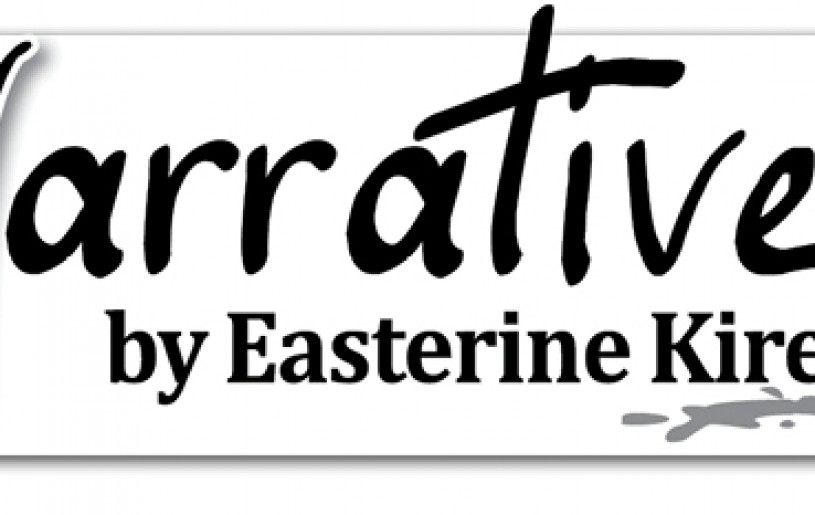
As per the Census of India, the urban population of Nagaland in 1981 was 1.2 lakhs, which increased to 3.5 lakhs in 2001. After that, our State has registered a decadal growth rate of 69%, as opposed to the average national rate of 21% (Census, 2011). This shows that our present generation Nagas are migrating from their villages to towns and cities at an all-time high.
In light of this population movement, what could be the most appropriate form of government in our rapidly growing towns and cities? Should it be the current form of partisan municipal system or something along the lines of our Sovereign Village Republic system as in the past? Seeing from this perspective, the tussle going on in Nagaland right now is not just a gender issue. It’s also about the structural system for governance.
One thing is for certain: More Nagas will continue to move to urban centers and adjust themselves to their new environment, which is often very different in terms of socio-economic needs and demographic realities. And for reasons such as these, municipal systems of government are formed in every emerging society that is transitioning from rural to urban. So, again, the question is this: What form of a municipal system of government would be most appropriate for the Naga people in the 21st century?
Obviously, there are many different forms of municipal systems. Municipalities in most advanced countries are characterized by a high degree of local self-government in one form or another. But in the case of India, municipalities have less autonomy and have to deal with the state governments through the Directorate of Municipalities. To put it another way, municipalities in India are subject to detailed supervisory control of the state governments and are easily influenced by the state politicians. This, in my opinion, is a real danger to the Naga customary practice of local self-government, especially when corrupt politicians become too eager to interfere in the affairs of the municipalities so as to extend their own support base.
If we Nagas are really concerned about our customary practices, the one good thing we need to do is to defend our ancient system of local self-government, which is allowable under Article 371(A) of the Indian Constitution. And who knows, now is the best time to bring about some modifications to our current form of the partisan municipal system in Nagaland, instead of turning it into a fight between the two sexes.
For example, virtually every city in Texas, USA, elects its council members in nonpartisan elections. Claiming that there was no Democratic or Republican way to pave a street, city reformers who were part of the nonpartisan movement (1920s to 1950s) expressed a strong aversion to political parties and particularly to the urban political machines. To this day, to enforce separation of city elections from party politics, most municipal elections are held at times other than the party primary election or the general election. Another notable feature of municipal politics in Texas is the general use of citywide or at-large elections. For example, all of a city’s voters participate in the selection of all members of the city council. In a pure at-large system, every candidate runs against every other candidate. If there are eight candidates running for five positions on the city council, the candidates with the five highest vote totals are the winners. A variation of the at-large system is the position system in which candidates run for specific positions (e.g., City Mayor) and campaign city-wide, rather than just representing a section of the community. Municipalities using this system may require that the winning candidate receive a simple majority of votes.
These Texas’ election features, in my view, may be worth emulating. That is, we may do well to make our municipal elections to be nonpartisan and autonomous, so that the needs and issues of our municipalities will not get unnecessarily politicized or be easily usurped by the State politicians. After all, to be nonpartisan in our selection of leaders and autonomous in our local government are completely congruent to our Naga customary practices, which we would want to protect.
On a more personal note, I have been advocating local self-government even in my Jotsoma village since 2012. My word to them was that they could certainly see our village transformed into a revenue-generating and employment-creating community within a decade or so, so that we won’t need to depend on our State government for almost everything. In my 25 years of stay in the United States, I have come to believe that such a thing is quite possible. For example, the City of Allen, where my family lives, is able to offer exceptional housing, award-winning schools, steady job growth, and a dynamic business climate. As such, our unemployment rate has been 3% and our average median family income at a little over $1,13,000 per year (U.S. Census Bureau, 2015). Now, someone may ask, how could they make all this possible for their community members? Well, the answer is, because they have the right leaders with the right municipal system of government to work with.
Just as any son who remains dependent on his rich parents will never learn to stand on his own two feet, so also any community or town that only depends on external help for their own survival. Conversely, the way to be self-sufficient and prosperous is to take responsibility of our own communities and have leaders working together with a good governing system in place.






